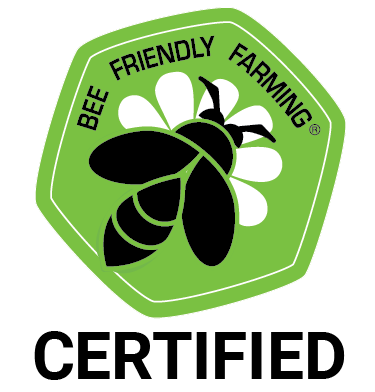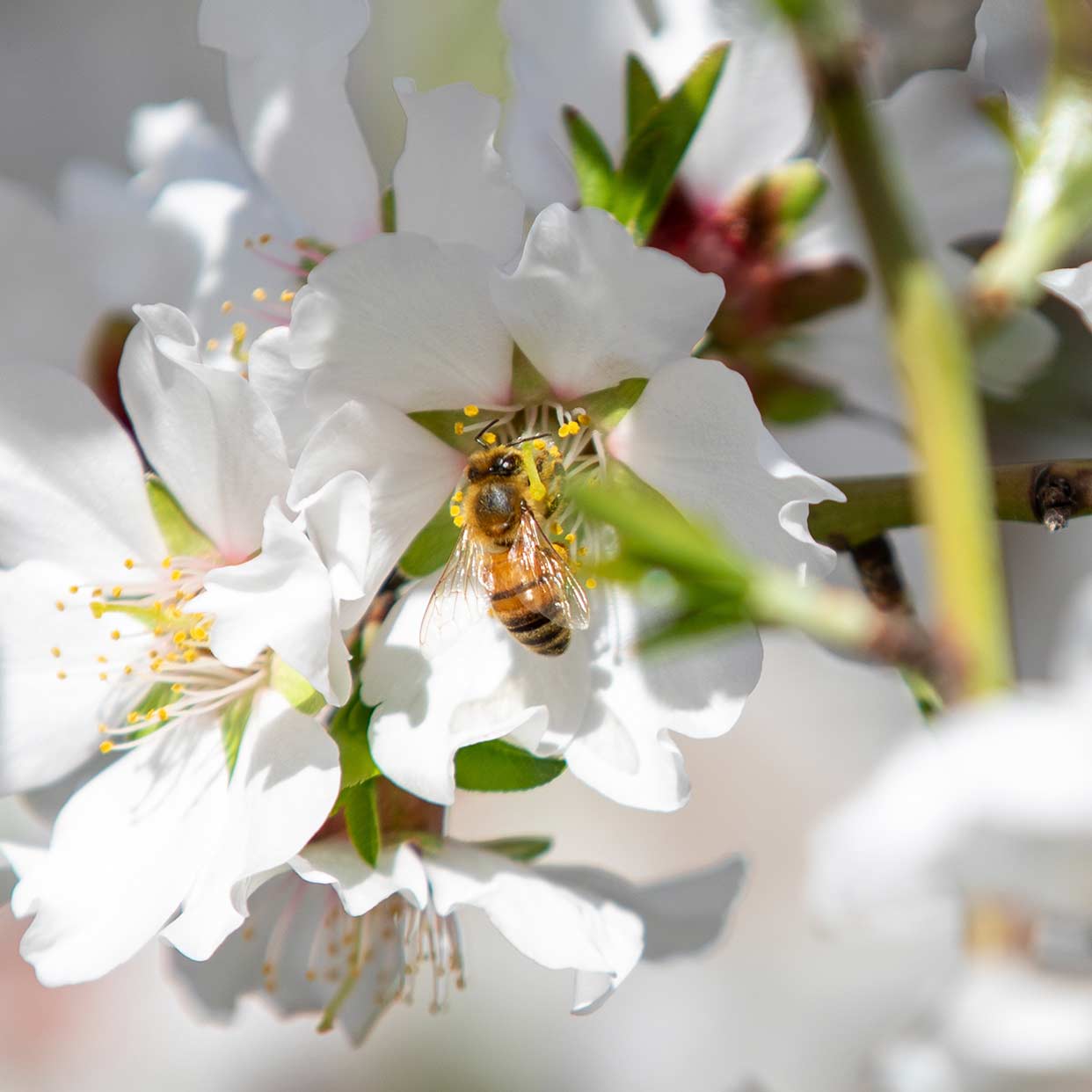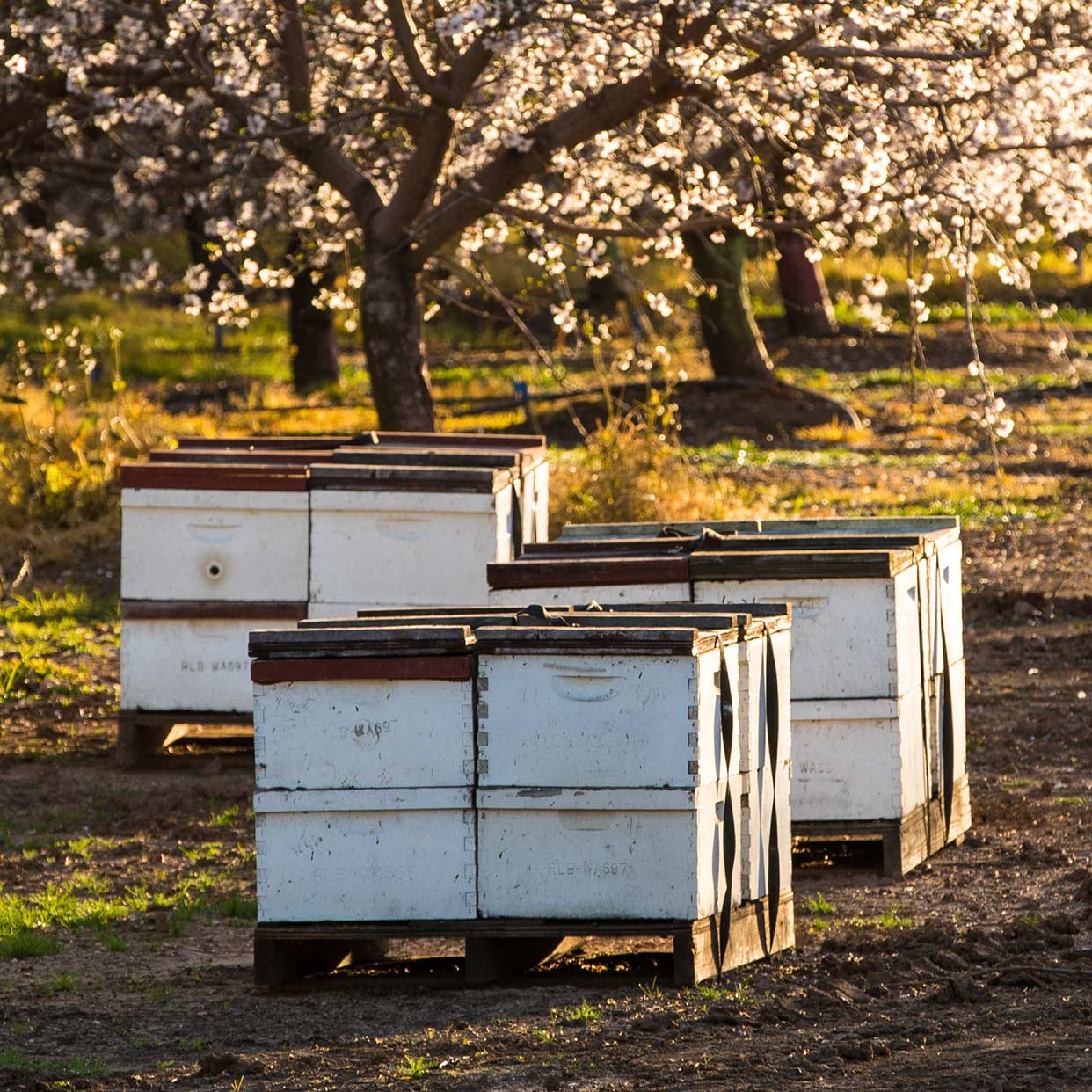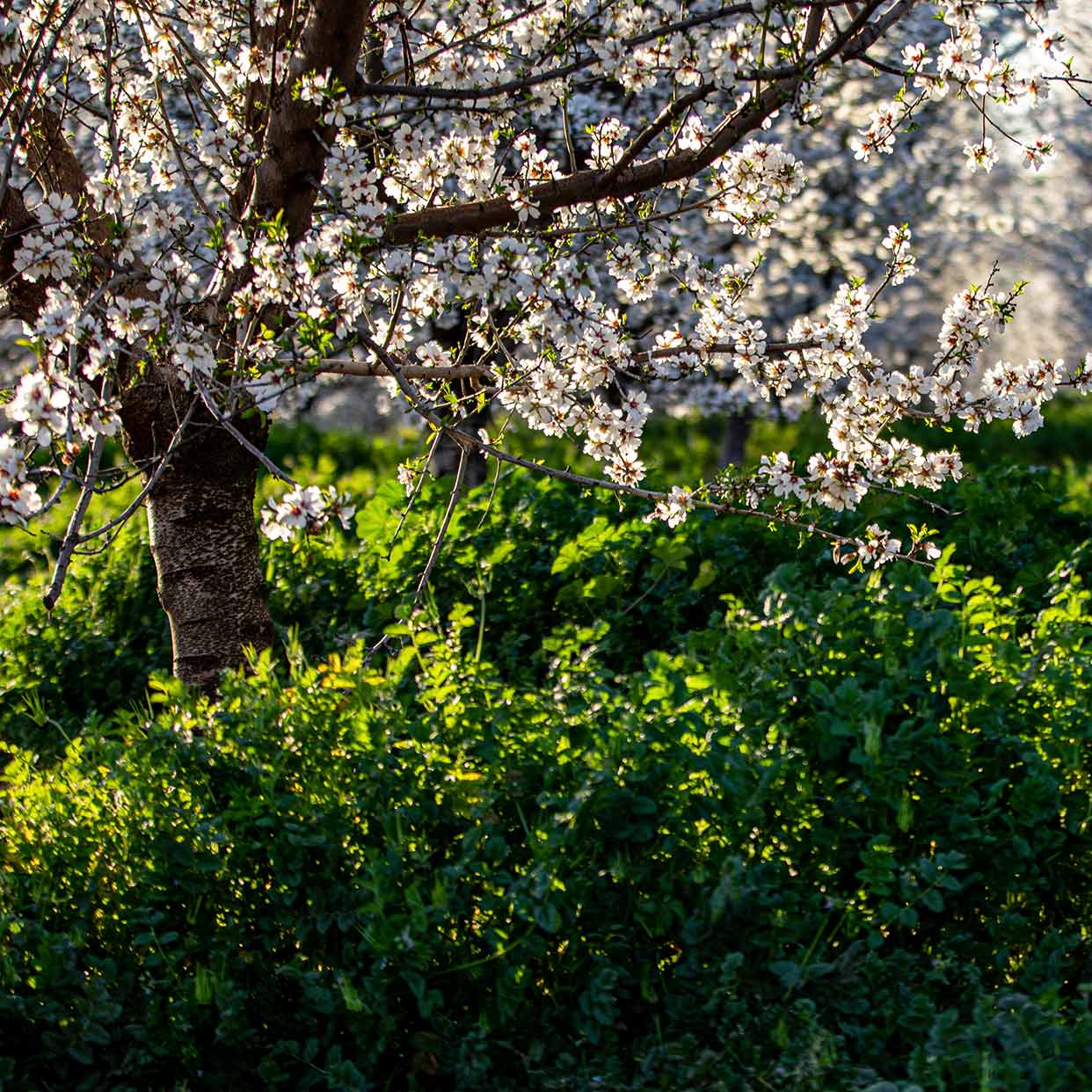What is Bee Friendly Farming?
Bee Friendly Farming Certification is administered by the Pollinator Partnership and acts as a third-party verification means to validate our commitment to a wide range of orchard management practices that collectively help provide a more favorable environment for all pollinators. This includes a lot more species than just your familiar honey bee. In fact, over 16001 bee species have been recorded in California alone. But other species can act as pollinators too and include butterflies and moths; other insects like beetles; and even small mammals, bats and birds2. Our ecosystem is diverse and complex and the science-based farm management practices that a Bee Friendly Farming Certification requires recognizes this and demands a comprehensive approach.


 Select Harvest USA's Bee-Friendly Compliance – by the Numbers
Select Harvest USA's Bee-Friendly Compliance – by the Numbers

